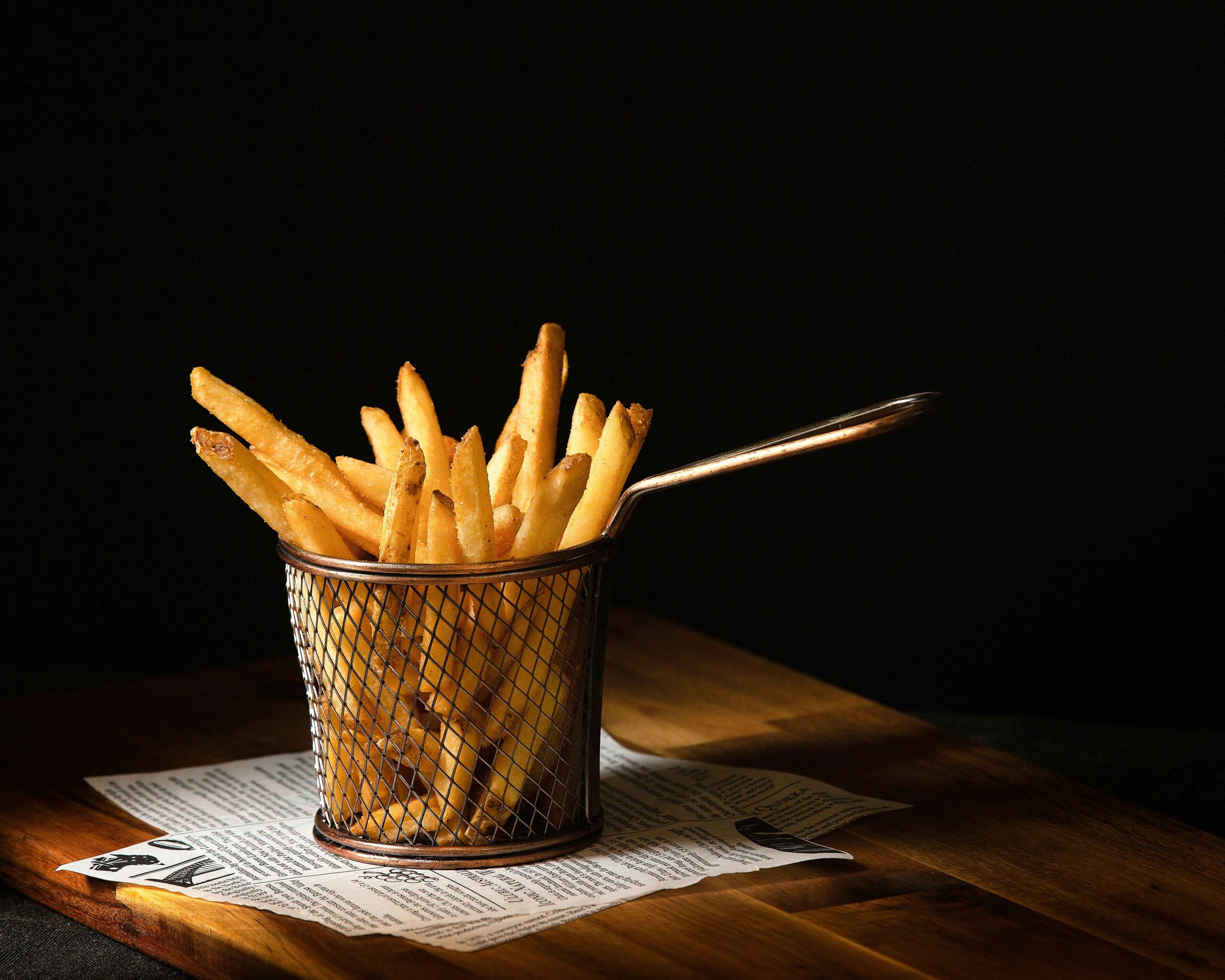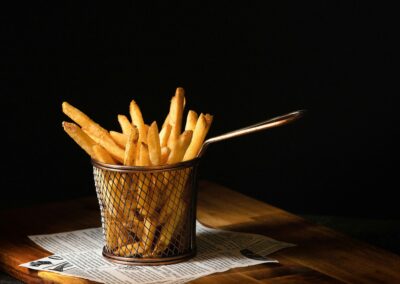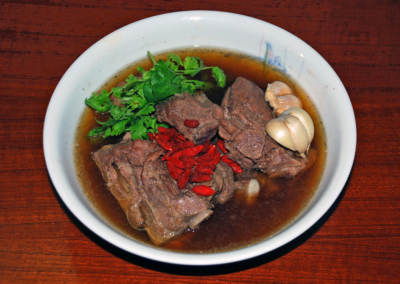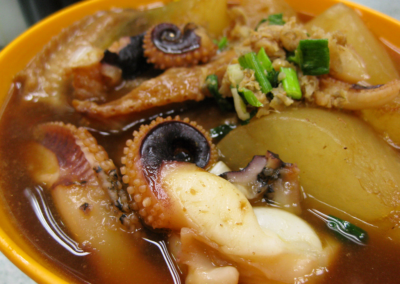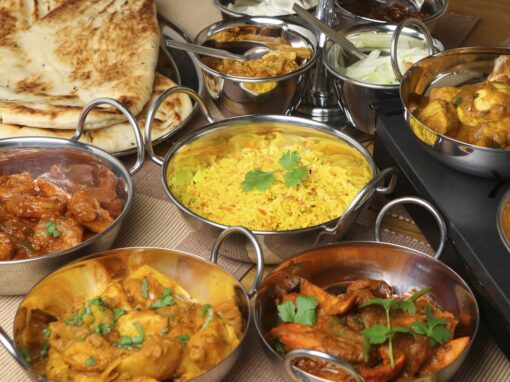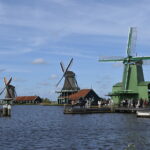French fries, often simply referred to as ‘fries’, are a beloved snack and side dish enjoyed worldwide. Despite their name, the origin of fries is a subject of debate, with both France and Belgium laying claim to their creation.
Belgian roots
Many food historians assert that fries actually originated in Belgium. According to Belgian folklore, the history of fries dates back to the late 17th century. Belgian historian Jo Gérard discovered a manuscript dating from 1680 that described how villagers in the Meuse Valley would often fry small fish they caught in the river.
However, during harsh winters when the river froze and fishing became impossible, the villagers turned to potatoes as a substitute. They cut the potatoes into small, fish-like shapes and fried them in oil, creating what we now recognise as fries.
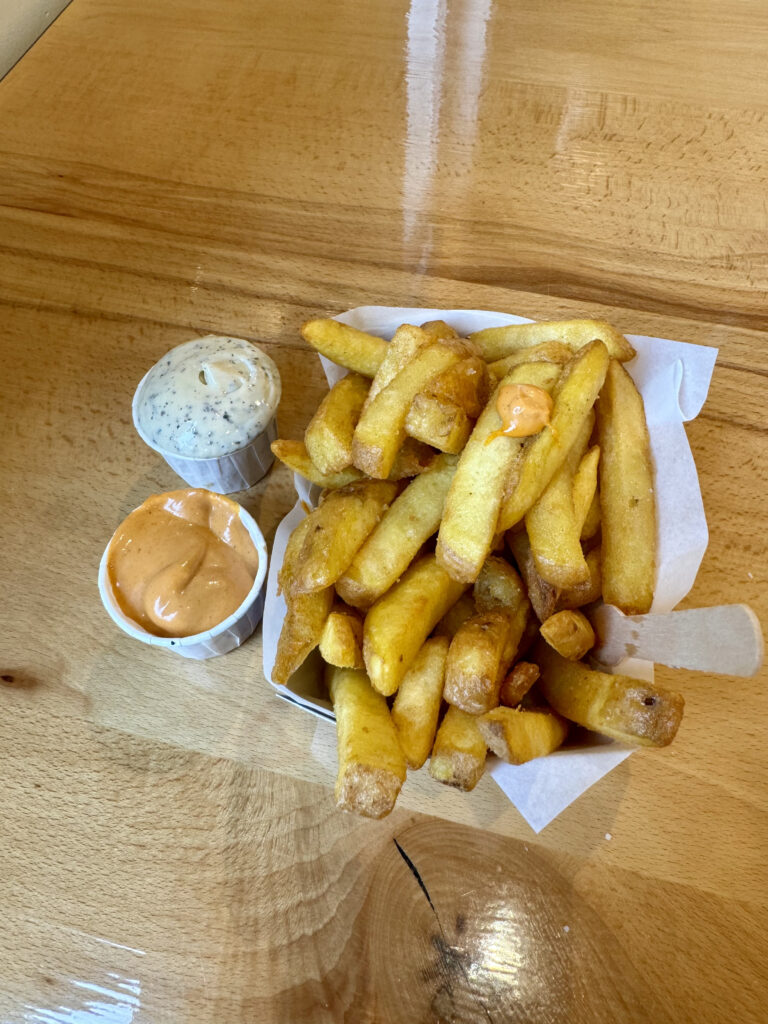
Melane Legot, a Belgian from Nivelles, says: “I love frites and it is a traditional Belgian famous food that sells everywhere in the country. The signature of Belgian fries is its sauce; we have different kinds of sauces that dip with frites.
“I love eating fries with Andalouse sauce. There are also famous sauces like Piccailly, Bearnaise and Tartar. They are the country favourite sauces with fries.”
French claim to fries
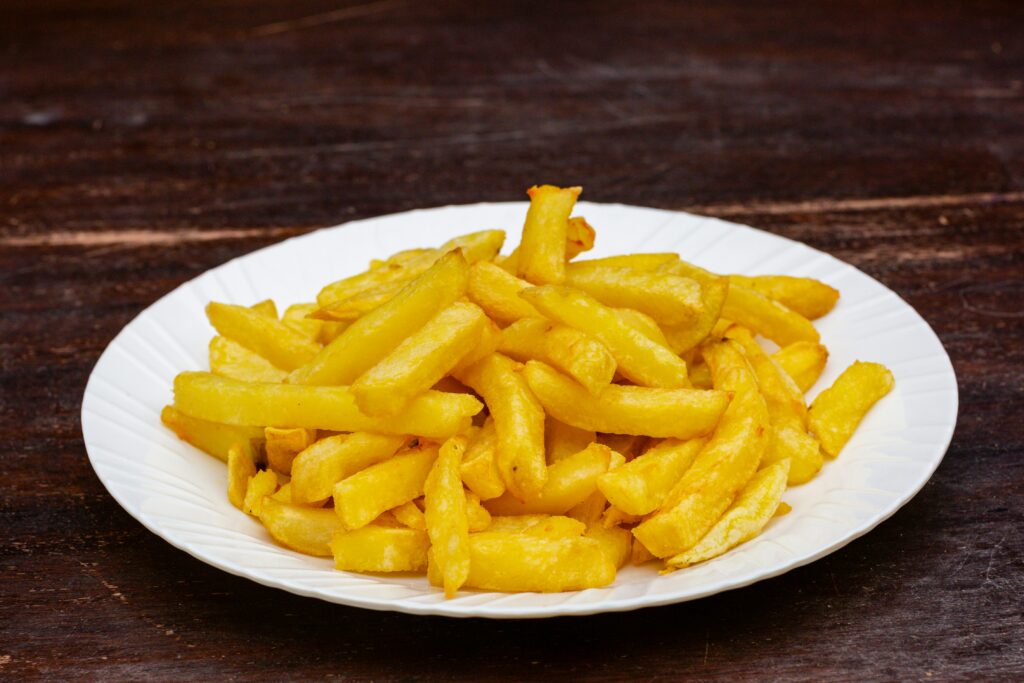
The French also claim the invention of fries. One popular story suggests that French fries were born in Paris in the late 18th century. During this period, vendors near the Pont Neuf bridge began selling pommes frites (fried potatoes) to passers-by. By the early 19th century, fried potatoes had become a popular street food in Paris, mentioned in various Parisian literary works.
While the French name ‘French fries’ suggests a French origin, the term may have become widespread due to the global influence of French cuisine and the popularity of Paris as a culinary hub.
The name ‘French fries’
The term ‘French fries’ likely gained popularity in the United States due to American soldiers during World War I. While stationed in Belgium, American troops encountered the local fried potatoes and loved them.
However, they mistakenly attributed the dish to France because French was the official language of the Belgian Army and the dominant language in the southern regions of Belgium. When the soldiers returned home, they introduced the dish as ‘French fries’.
The role of fast food
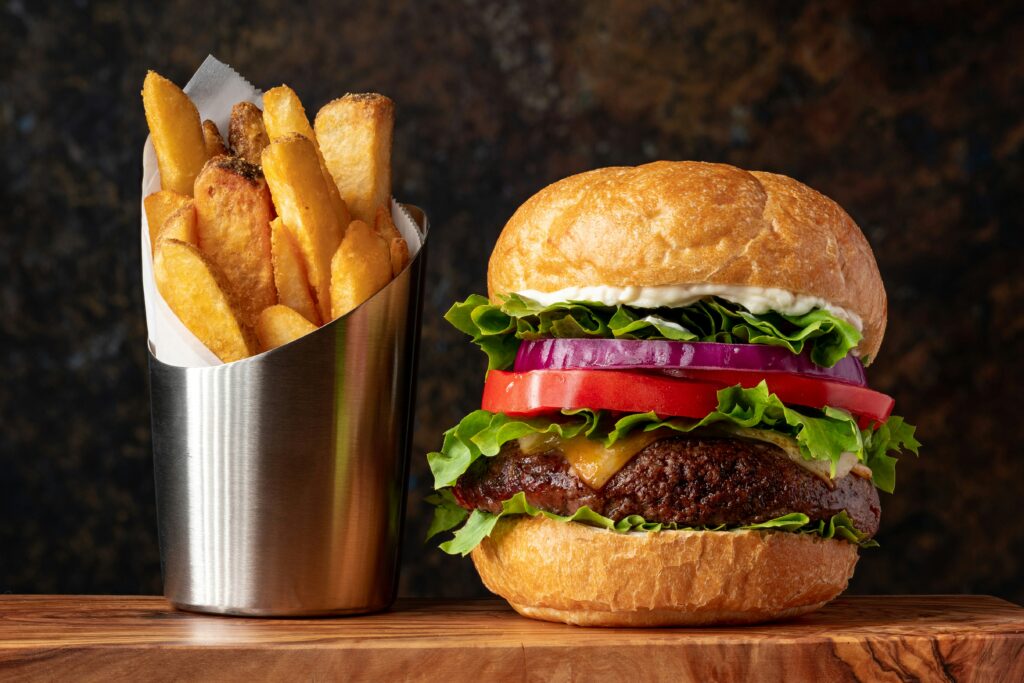
The global popularisation of French fries can also be attributed to the rise of fast food chains, particularly McDonald’s. Founded in the 1940s, McDonald’s adopted fries as a key menu item, leading to their widespread consumption and association with American fast food culture.
This contributed significantly to the global dissemination of fries and cemented their status as a staple side dish.
Belgian vs French fries
Despite the ongoing debate about their origin, there are notable differences between Belgian and French fries. Belgian fries, or frites, are typically thicker than their French counterparts and are traditionally fried twice. This double-frying method gives them a crispy exterior and a soft, fluffy interior.
In Belgium, fries are often served with a variety of sauces, including mayonnaise-based dips, rather than the ketchup that is commonly paired with fries in the United States.
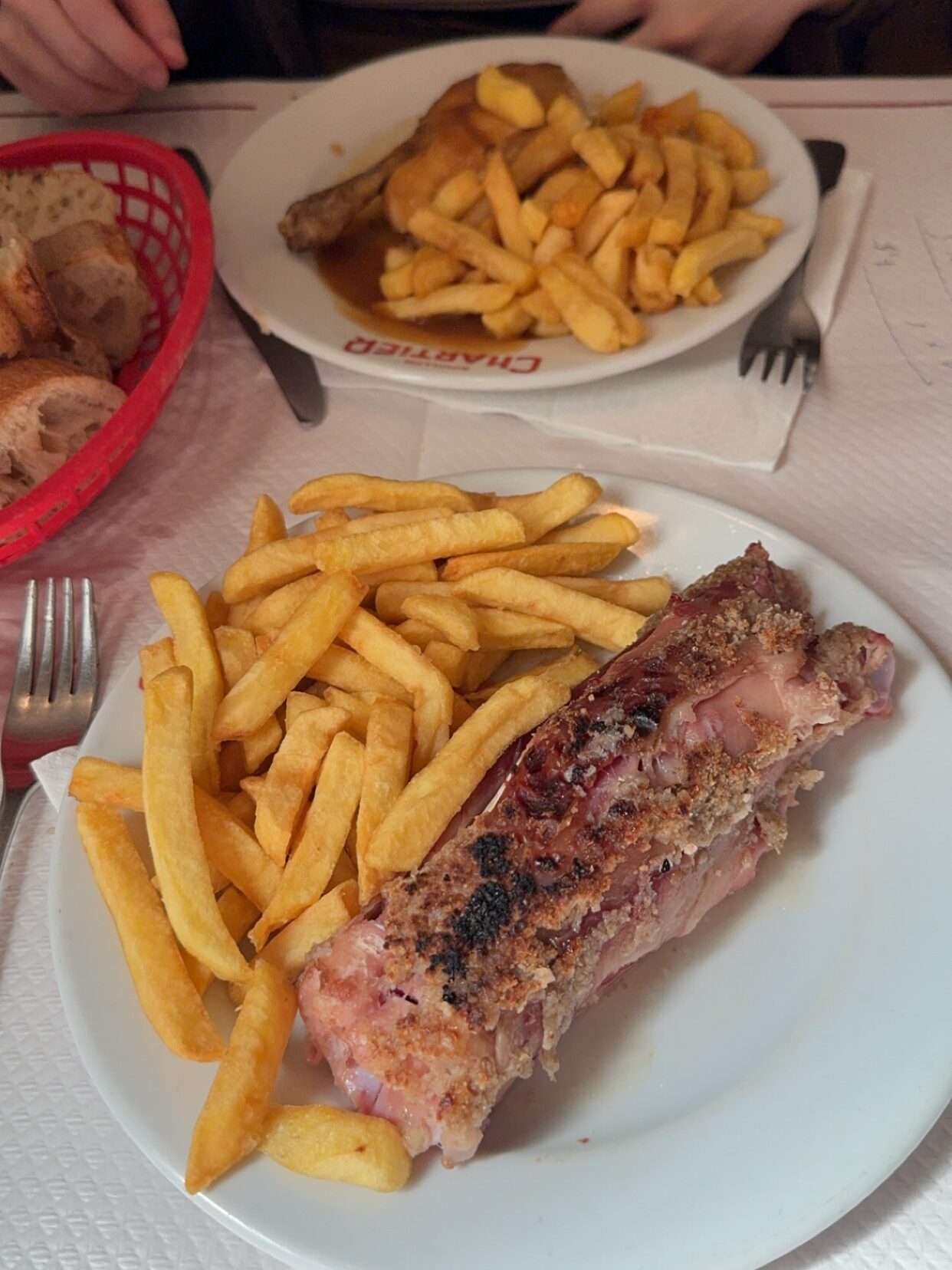
French fries, as served in France and many other countries, are often thinner and may be fried only once, depending on the recipe and regional preferences. They are frequently served as a side dish to accompany main courses such as steak or mussels.
The global love for fries
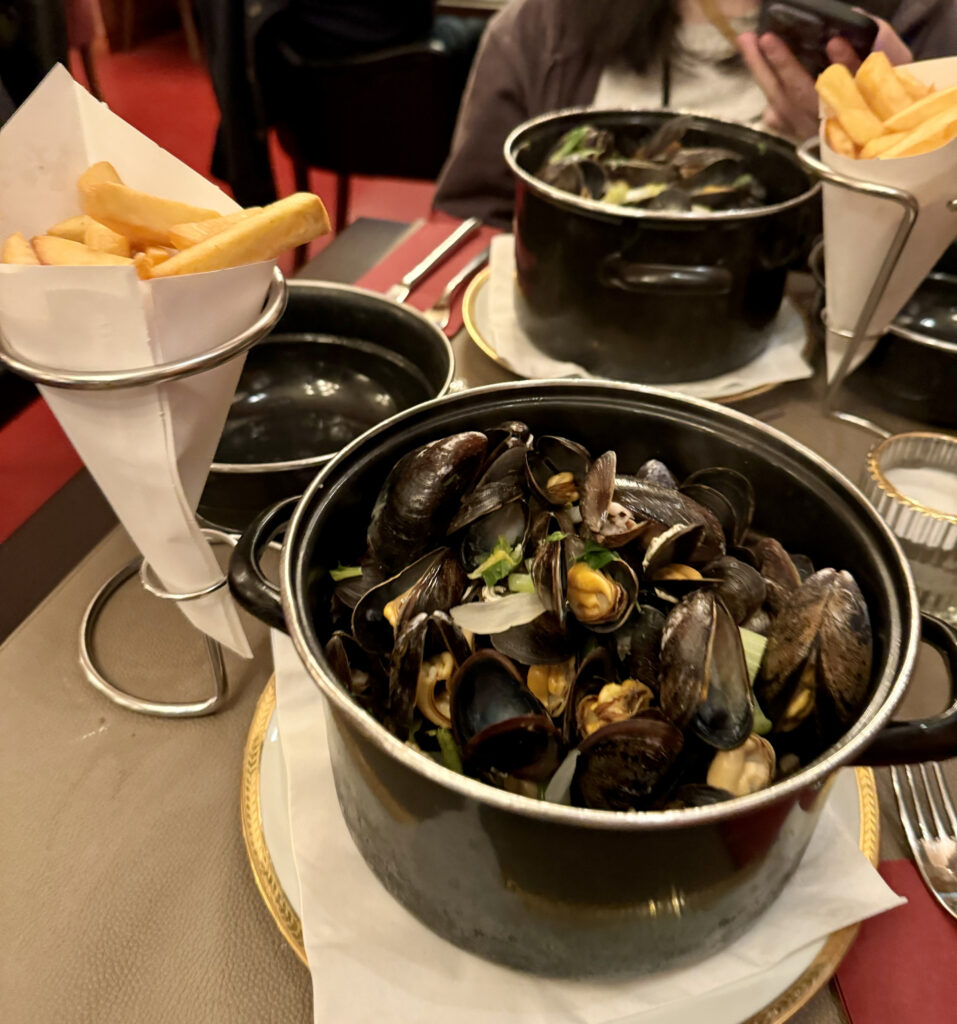
Today, French fries have transcended their debated origins to become a global culinary phenomenon. They are enjoyed in numerous variations across different cultures. In Canada, fries are topped with cheese curds and gravy to make the beloved dish poutine.
In the United Kingdom, they are served as chips alongside fish in the classic fish and chips meal. Around the world, fries are continually being reinvented with new toppings, seasonings and cooking methods.


